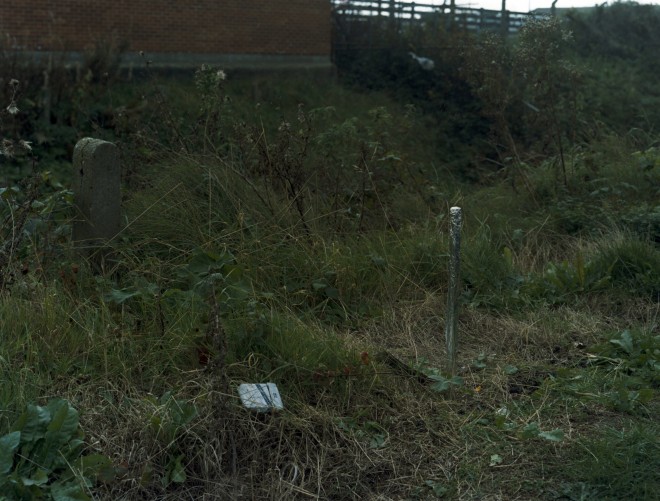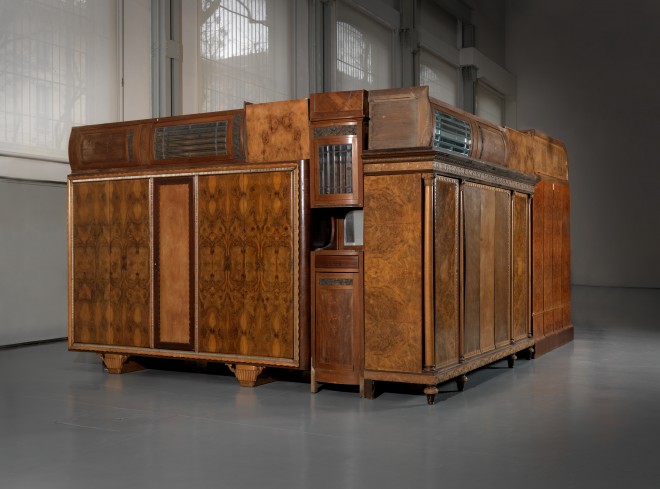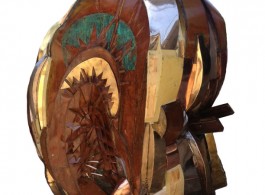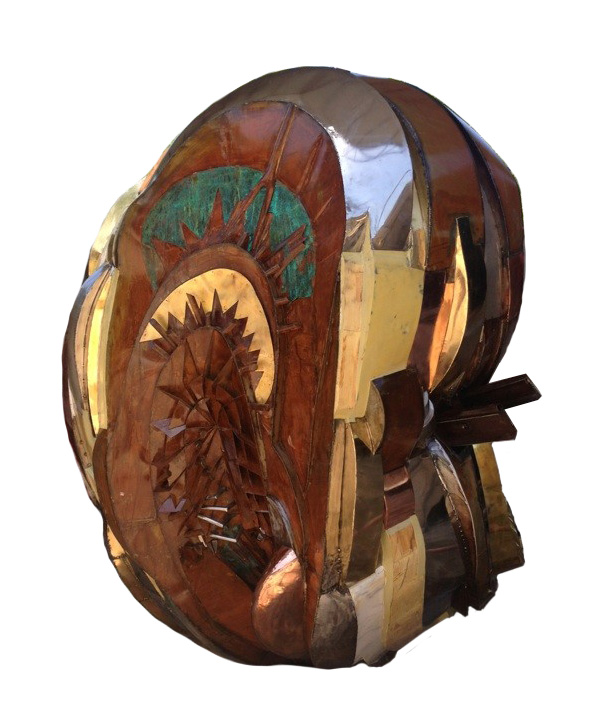Preview: Encounters at Art Basel Hong Kong
Click here for our preview of galleries showing at Art Basel HK
Art fairs are less about art than the art of the deal. But Art Basel HK is more than just easily consumable blue-chip work. The Encounters section features not only challenging, but crowd-pleasing large-scale works — past editions have included Choi Cheong Hwa’s monster breathing flower and Liu Wei’s floating city made of cow hide. We’re happy to see that the organizers have decided to maintain the structure that began under the directorship of Magnus Renfrew, as without these flamboyant pieces the fair could become a big snore. This year’s Encounters is curated by Yuko Hasegawa, most recently curator of the Sharjah Biennial 11, and will feature 17 large scale works, including seven from Chinese artists. Here is a taste of what to expect:
MadeIn Company (est. 2009), “Play 201301,” 2013 (Long March Space, Beijing)
Xu Zhen has arguably based his entire career on sex, from his early video works of couples sniffing each other in their underwear to MadeIn’s most recent fetish-themed “Play,” which featured African tribeswoman in bondage gear suspended from the ceiling. “Play 201301”can be seen as a companion piece, which takes it to a higher level with gothic cathedrals rendered in leather, latex, and chains, referencing the erotic undertones of organized religion. The piece is at once satirical and profound, made all the more controversial with the use of the Japanese bondage technique of “Kinbaku.”
________________________
Zhang Hui (b. 1963); Dan’er (b. 1983), “11 Degree Incline,” 2008 (Magician Space, Beijing)
Zhang Hui and Dan’er tackle the complicated history of imperial China with their take on the intersection of East and West. Their iron, copper and stainless steel sculpture covered in black varnish takes inspiration from a relief of the remains of Dashuifa Fountains. The fountains were designed by an Italian Jesuit missionary during the Qianlong period of the Qing Dynasty and were subsequently damaged during the Second Opium War. The artists recreated the relic using modern techniques, while still maintaining the elaborate designs that are rarely seen today. They tilt the piece by a11 degrees in order to highlight the tension of its tumultuous history.

Susan Philipsz,“It means nothing to me,” 2012 (Mizuma Art Gallery, Tokyo & Beijing). 苏珊•菲利普茨,“它对我毫无意义”,2012,东京&北京三潴画廊
Susan Philipsz (b. 1965), “It means nothing to me,” 2012 (Mizuma Art Gallery, Tokyo & Beijing)
Susan Philipsz’s video installation was originally made and shown at Mizuma Art Gallery in Beijing last year, marking her first time exhibiting in China. Philipsz, a recipient of the Turner Prize in 2010, uses sound to mark physical space— for her, music can be a sculptural medium in which to define space. The basis of this installation is a traditional Welsh folk song that she learned as a child; recordings of both her and her father singing the song are presented along with more sinister instrumental interludes. Although the song has many variations, the original lyrics, written in 1802, told the story of a girl who dies a violent death at the hands of her father. Despite its dark origins, it is a song that holds fond childhood memories for both the artist and her father.

Flavio Favelli, “China Purple,” 2010 (Gallerie S.A.L.E.S., Rome). 弗拉维奥•法韦利,“中国紫”,2010 (罗马S.A.L.E.S.画廊).
Flavio Favelli (b. 1967), “China Purple,” 2010 (Gallerie S.A.L.E.S., Rome)
Italian artist Flavio Favelli often casts a cynical eye at his homeland. Through reconstructing architecture and design objects, he explores the aspirations of his people — aspirations that tend towards the exotic, as evidenced in “China Purple.” Using various parts of antique furniture pieces, he constructs a room whose exterior brings to mind the ornate homes of upper class Italians. Its interior is painted with Chinese red lacquer and decorated with the blue and white motifs of Amarena Fabbri vases — a design familiar to all Italians. Through the language of ornamental art, he directs a critical eye on how objects dictate the desires of people.
Wang Yuyang (b. 1980), “Determine,” 2013 (Tang Contemporary Art)
Geek culture is quickly invading the art world. Like pseudo-scientist Lu Yang and computer prodigy Wang Xin, Wang Yuyang has employed his technological know-how to create an abstract sculpture for Encounters. He translated a text from the Bible into a binary code that was then imported into design software. The resulting model generated from this code is a twisted, swirling union of metal, marble, wood, plastic and cowhide. It is an organic object with decidedly inorganic origins.
(by Chen Xhingyu)

